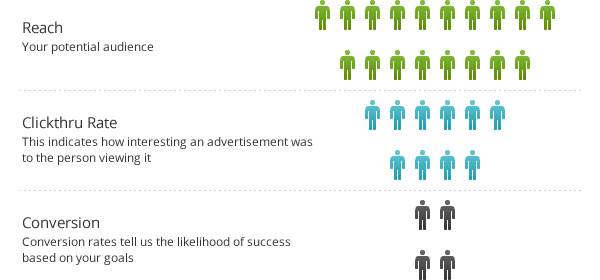Your Google Analytics
Partner in Asia Pacific
We are in the business of enabling actionable online
insights throughout this region

Search engine marketing is a form of Internet marketing that involves the promotion of websites by increasing their visibility in search engine results pages (SERPs) through optimization and advertising. Search Engine Marketing is typically executed via Search Engine Optimization (SEO) or through an Online Advertising Campaign.
According to studies & research, as of 2012 Google handles more than 5 billion search requests daily throughout the world. In Malaysia, the top queries on Google were on a lookout for topics that revolve around entertainment, travel, gadgets, cars, together with fashion & beauty.
As consumers in Malaysia continue to spend more and more time online, it is inevitable that they will use search engines in order to find answers to what they need. This represents an enormous opportunity for companies to reach out to a technologically savvy audience who is continuously interacting with the world wide web for various interests.
Search Engine Optimization is comprised of several activities that results in a website having a higher ranking in search engine results pages.
Typically content will need to be more relevant to potential customers, whilst updating the site’s structure to be more easily accessible to a search engine’s web crawler is another key consideration. It also encompasses activities that are orchestrated to generate more traffic to the website in order to increase it’s visiblity & popularity.
Last but not least, it is important to note that encouraging a healthy discourse between the brand and the online community will lead towards better approval ratings and referrals.
Online Advertising Campaigns typically refer to a sequence of pre-planned activities conducted online that are used to direct traffic to a website. In this scenario, it generally involves an advertiser who will pay a publisher each time an AD is seen, or when it clicked upon by a user.
After advertisers successfully bid for keywords or mediums which are relevant to their target market, the potential customer may start seeing advertisements not only on the search engine, but also on other touchpoints such as web sites, mobile apps or even emails from networks who have agreed to publish advertisements.
These advertisements typically come in wide variety of formats, ranging from text ads, to display ADs (also known as banner ads) and even video ads.
Online AD Campaigns today may involve multiple channels, appear in many mediums and different form factors to reach out to their target demographic.

If your organization intends to start marketing through search engines, it is important to be clear on key metrics that you will encounter throughout your engagement process.
Reach for search engine marketing is defined by the number of people who can potentially view your advertisement online. Typically this will be represented by the number of visitors that visit the search engine you are planning to use.
Bounce rate is the percentage of visits that go only to one page before exiting the site. In layman’s terms, it is used to gauge how relevant content on the page was to the person who visited.
When a user bounces on a page that was advertised by a , it indicates that the user was intrigued enough to click on the advertisement, but when they visited your site, they found that what they saw on the advertised page is not relevant to them.
There are a number of factors that contribute to your bounce rate. For example, visitors might leave your site from the entrance page if there are site design or usability issues. Alternatively, visitors might also leave the site after viewing a single page if they were not able to find what they were expecting.
Typically, when we talk about online marketing, a clickthrough rate refers to the likelihood of a user clicking on your online initiative. This is generally used as a benchmark by advertising agencies to gauge how well an advertisement or a campaign is received by the audience on a search engine.
The conversion rate basically tells you what percentage of the people clicking through an AD ended up completing an action or a goal that the advertiser desired. This could be anything from a purchase made online, a registration for a newsletter or even a request for more information.
When brands embark on search engine marketing, there is always a cost involved together with a goal to be achieved. Return on investment in layman’s tries to quantify how much value is obtained for every ringgit spent.
In its simplest form, imagine an advertisement that will run for a month before Valentine’s that you are using to drive traffic from search engines to market flowers throughout Malaysia.
If the cost of the campaign was RM 10,000.00 and the sales generated by the campaign was RM 50,000.00, this means that for every RM 1 spent, the brand earned RM 5 back.
As Google Analytics Partners, we are able to assist in planning & setting up the environment to track and measure your search engine marketing activities and relating it back to actual business results.
Getting basic insights from your online media agency is useful, but when combined with the information from your brand’s online marketing activities, they offer a clearer picture of how well your business is doing.
Let us help you identify how you can improve your Return on Investment (ROI) and accelerate your business.
Subscribe to our mailing list for the latest updates and quarterly insights from our research team.
Subscribe Now